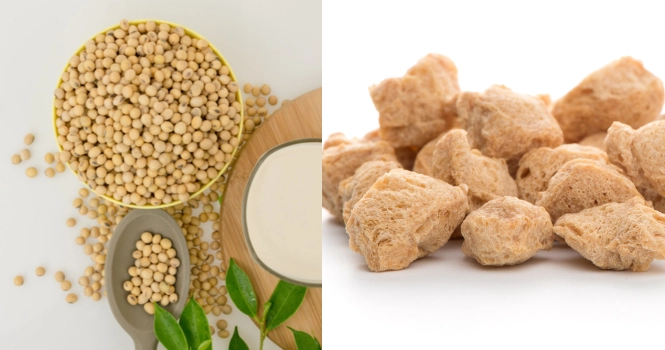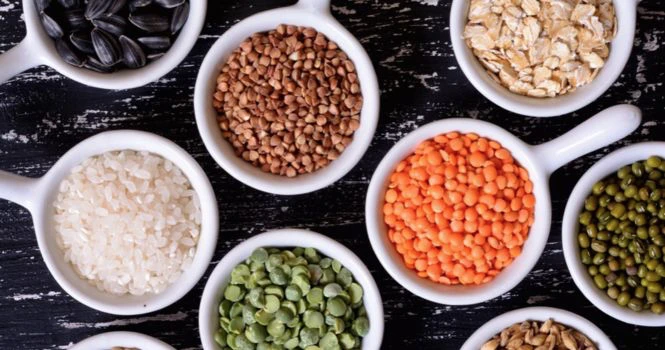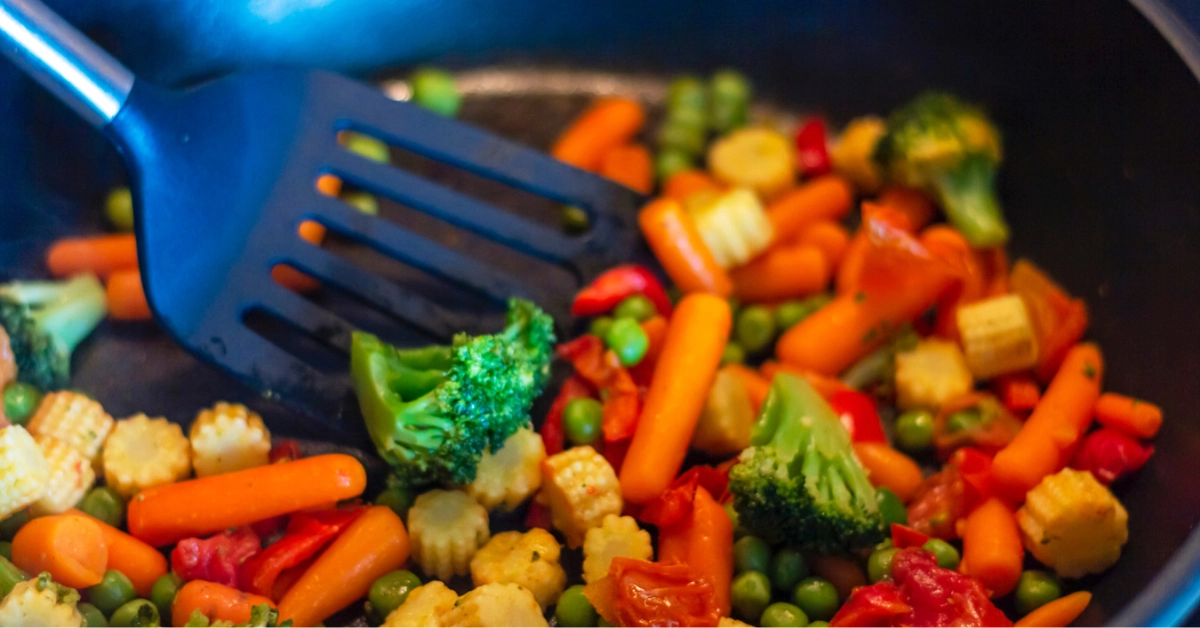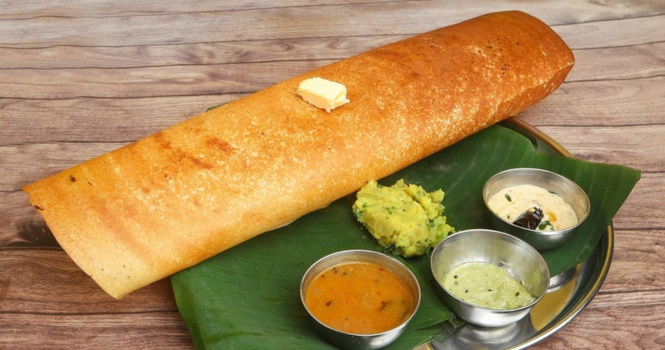Comparing Soybean and Soya Chunks: Which is Better for Your Diet?

Choosing between soybeans and soya chunks largely depends on personal preferences, dietary needs, and culinary applications.
Both are derived from soy and offer similar nutritional benefits, including high protein content, essential amino acids, and various vitamins and minerals.
However, there are some differences that might make one more suitable than the other in certain contexts:
Soybeans
- Whole Food: Soybeans are whole foods and thus retain all their natural nutrients, including fiber, vitamins, and minerals, without any processing loss.
- Versatility: They can be used in a variety of dishes, including soups, stews, salads, and as a base for making soy products like tofu, tempeh, and soy milk.
- Nutrient Density: Being unprocessed, soybeans contain healthy fats, including omega-3 fatty acids, and are rich in antioxidants.
- Preparation Time: Soybeans require soaking and longer cooking times, which might be a consideration for those seeking convenience.
Soya Chunks
- Convenience: Soya chunks, made from defatted soy flour, are a convenient option as they cook faster than whole soybeans and are easy to incorporate into various dishes.
- Protein Concentration: They are a concentrated source of protein since they are made from defatted soy flour, making them an excellent choice for those looking to increase their protein intake.
- Texture: Soya chunks have a meaty texture, which makes them a popular meat substitute in vegetarian and vegan diets.
- Processing: The processing involved in making soya chunks might lead to a loss of some nutrients compared to whole soybeans.
Considerations
- Dietary Needs: For those focusing on whole, minimally processed foods, whole soybeans might be more appealing. Conversely, for individuals looking for high-protein, convenient options, soya chunks could be more beneficial.
- Culinary Uses: Soya chunks might be preferred in dishes where a meat-like texture is desired, whereas soybeans are ideal for traditional preparations like stews, salads, and soups.
- Nutritional Goals: If your goal is to increase protein intake specifically, soya chunks might be the better option due to their higher protein concentration. However, for a more balanced intake of fats, fibers, and proteins, whole soybeans could be more suitable.
Ultimately, both soybeans and soya chunks can be part of a healthy diet, and choosing between them can vary based on individual nutritional needs, preferences, and the specific requirements of the meal being prepared.
Incorporating a variety of soy products can provide a wide range of nutrients and benefits.












